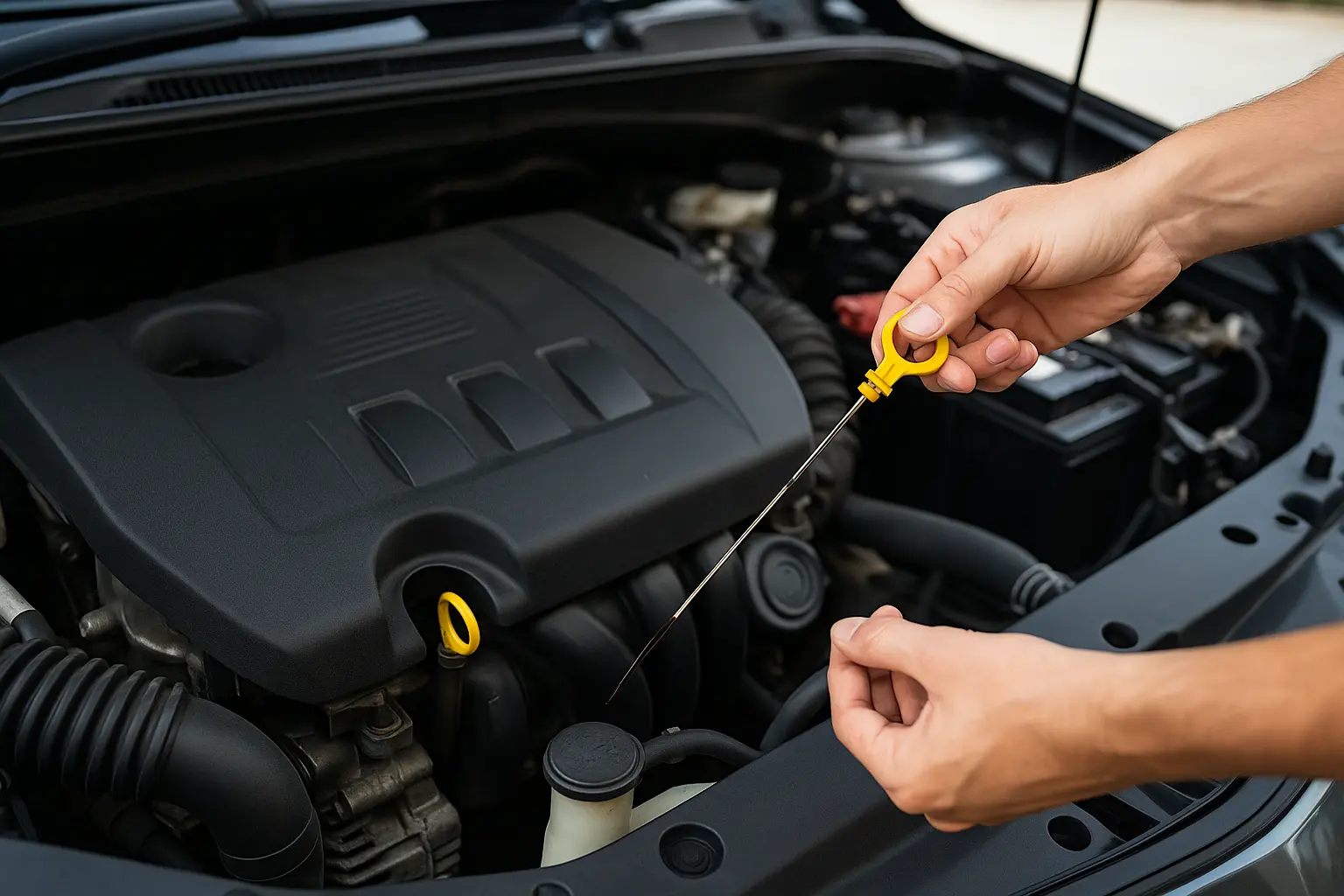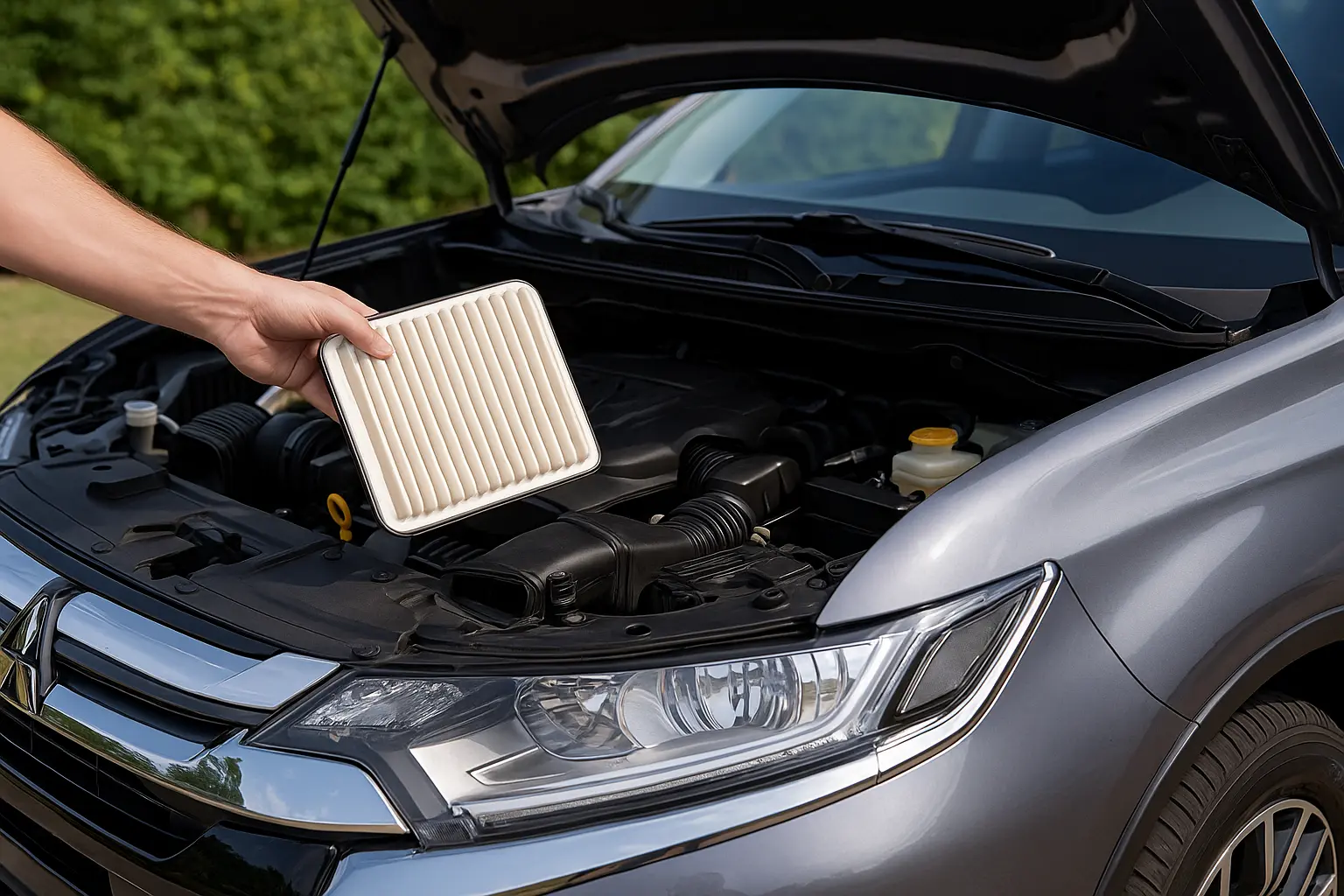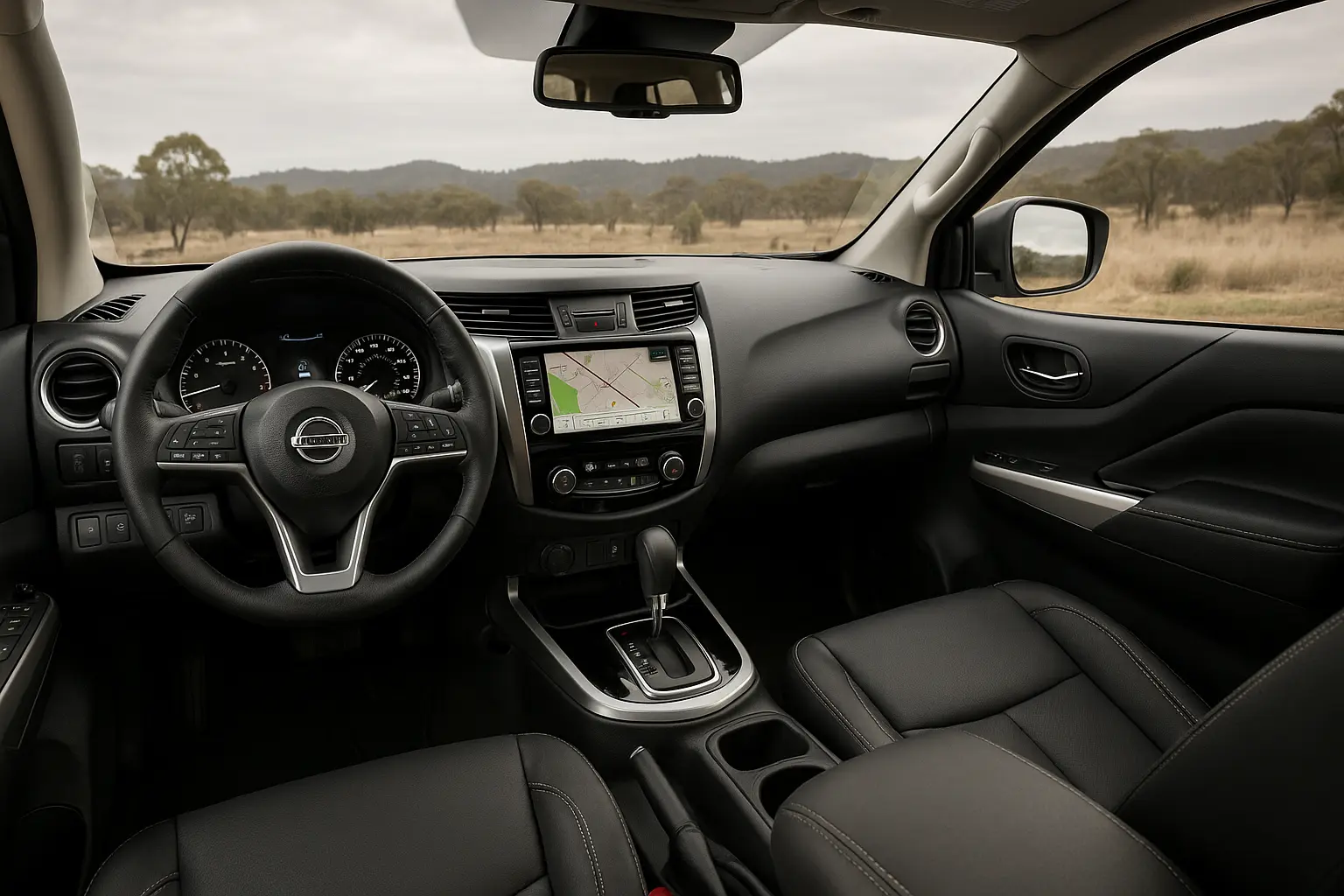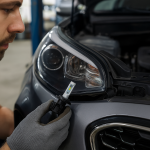Owning a car in Australia comes with the freedom of the open road, from bustling city drives to outback adventures. But that freedom relies on one thing: proper maintenance. Whether you’re a seasoned car enthusiast or a new driver, keeping your vehicle in top shape isn’t just about extending its life — it’s about safety, performance, and avoiding costly repairs down the track.
This comprehensive car maintenance checklist is designed to give Australian drivers a practical, step-by-step guide to DIY car care, while also helping you understand when professional servicing is necessary.

Why Car Maintenance Matters
Car maintenance is more than just ticking a few boxes before a road trip. A well-maintained vehicle offers:
- Safety: Prevents accidents caused by worn brakes, tyres, or faulty lights.
- Longevity: Extends the lifespan of the engine, transmission, and other components.
- Fuel Efficiency: Saves money at the pump by ensuring optimal engine performance.
- Resale Value: A car with full-service records and good condition fetches a higher price.
- Peace of Mind: Reduces the chance of roadside breakdowns.
Skipping routine maintenance often leads to small problems snowballing into major repairs. Think of it as investing in your car’s health.
Essential DIY Car Maintenance Checklist
Let’s break down the key areas every driver should know.
Check Engine Oil and Fluids
Your engine oil is its lifeblood. Without it, friction builds up, leading to catastrophic damage.
- Frequency: Check monthly or before long trips.
- DIY Tip: Park on level ground, wait for the engine to cool, pull out the dipstick, wipe clean, reinsert, and check the level. Top up if necessary.
- Other Fluids to Monitor:
- Coolant/Antifreeze – prevents overheating.
- Brake Fluid – critical for safe stopping.
- Transmission Fluid – ensures smooth gear changes.
- Power Steering Fluid – helps steering feel light and responsive.
- Windscreen Washer Fluid – essential for visibility.
Inspect Tyres
Tyres are the only contact between your car and the road — their condition directly affects handling, braking, and safety.
- Tread Depth: The legal minimum in Australia is 1.5mm, but replacing them earlier is safer.
- Tyre Pressure: Check monthly; under-inflated tyres waste fuel and reduce grip.
- Rotation: Every 10,000 km for even wear.
- DIY Tip: Keep a tyre gauge in your glovebox. Inflate to the pressure listed on the driver’s door sticker or owner’s manual.
Brakes
One of the most crucial safety systems in your car.
- Warning Signs: Squealing noises, vibration when braking, or a longer stopping distance.
- DIY Tip: Look through the wheel spokes — brake pads should have at least 3mm left.
- Service Interval: Most brake pads last 30,000–70,000 km, depending on driving style.
Battery Care
Batteries typically last 3–5 years but can fail suddenly, especially in hot Australian summers.
- Check for Corrosion: White or green build-up around terminals.
- DIY Tip: Clean with baking soda and water using gloves.
- Signs of Weak Battery: Slow cranking, dim headlights, or dashboard warning lights.
Lights and Indicators
Functional lights are essential for safety and legal compliance.
- DIY Tip: Once a month, switch on headlights, brake lights, indicators, and hazards. Ask someone to confirm they work.
- Replace Globes: Most headlight bulbs are simple to replace using a screwdriver.
Windscreen and Wipers
Clear visibility is non-negotiable.
- Inspect Blades: Replace if streaking or splitting.
- DIY Tip: Change blades every 6–12 months.
- Check Windscreen: Look for chips and cracks — Australian law requires repairs before they obstruct vision.
Air Filters
A clogged air filter restricts airflow, reducing fuel efficiency.
- Cabin Air Filter: Keeps the air inside fresh, particularly useful in dusty regions.
- Engine Air Filter: Replace every 15,000–30,000 km depending on conditions.
Belts and Hoses
Though often overlooked, these are critical for your engine.
- Look For: Cracks, fraying, or leaks.
- DIY Tip: Press belts; if they feel loose, it may be time for adjustment or replacement.
Spark Plugs
Vital for ignition and fuel efficiency.
- DIY Replacement: With basic tools, plugs can be changed at home.
- Service Interval: Every 30,000–100,000 km depending on type.
Suspension and Steering
Australian roads, especially in rural and outback areas, put suspension to the test.
- Signs of Wear: Uneven tyre wear, knocking noises, drifting steering.
- DIY Tip: Push down on each corner of the car — it should rebound smoothly.
Seasonal Car Maintenance in Australia
Because of Australia’s diverse climates, seasonal checks are important.
Summer
- Keep coolant topped up to avoid overheating.
- Check air conditioning performance.
- Inspect tyre pressure more often (heat expands air).
Winter
- Ensure wipers and demisters work properly.
- Check battery strength, as cold mornings strain it.
- Test headlights and fog lights for shorter daylight hours.
Outback or Coastal Driving
- Extra checks for dust, sand, and salt corrosion.
- Rinse undercarriage after beach drives.
Professional Servicing vs DIY
While many tasks are DIY-friendly, professional servicing remains vital.
- DIY-Friendly Tasks: Oil top-ups, wiper blade changes, air filter replacement, tyre pressure checks.
- Mechanic-Only Jobs: Timing belt replacement, transmission service, suspension overhauls, complex diagnostics.
Sticking to your manufacturer’s service schedule (usually every 10,000–15,000 km) is essential for warranty compliance and peace of mind.
Advanced Maintenance for Enthusiasts
For those who want to go beyond the basics:
- Wheel Alignment & Balancing: Ensures proper handling and extends tyre life.
- Fuel System Cleaning: Keeps injectors clear for better performance.
- Detailing & Paint Protection: Not just cosmetic; protects resale value.
- OBD-II Scanners: Plug-in tools to read error codes and monitor car health.
Common Car Maintenance Mistakes
Many Australian drivers unknowingly harm their vehicles by:
- Ignoring the check engine light.
- Using the wrong type of oil.
- Forgetting spare tyre checks.
- Overlooking small leaks.
- Skipping logbook services.
Building Your Own Car Maintenance Schedule
Every car is different, but here’s a suggested DIY-friendly routine:
- Weekly: Tyres, lights, windscreen washer fluid.
- Monthly: Engine oil, coolant, wiper condition.
- Every 6 Months: Battery, brakes, filters.
- Annually: Full service, suspension check, belts and hoses.
Car Maintenance and Resale Value
If you plan to sell your car in Australia, a stamped logbook and tidy vehicle condition can add thousands to its resale value. Buyers trust a car that’s been clearly looked after.
- Keep all receipts.
- Record mileage and service dates.
- Consider a pre-sale detail for maximum appeal.
Car Maintenance for EVs and Hybrids
With the rise of electric and hybrid vehicles, maintenance needs are changing.
- EVs: No oil changes, but battery health, tyre wear, and brake fluid remain critical.
- Hybrids: Still require engine servicing plus battery checks.
- DIY Tip: Keep software up to date — many EVs have over-the-air updates.
Conclusion
A well-maintained car doesn’t just save money — it keeps you safe, improves fuel efficiency, and ensures stress-free driving across Australia’s diverse roads. Whether you prefer DIY car care or rely on professional mechanics, sticking to a regular checklist will keep your vehicle in peak condition.
By following this comprehensive car maintenance checklist, you’ll not only extend your car’s life but also enjoy every drive with confidence.
Leave a comment
Your email address will not be published. Required fields are marked *




















